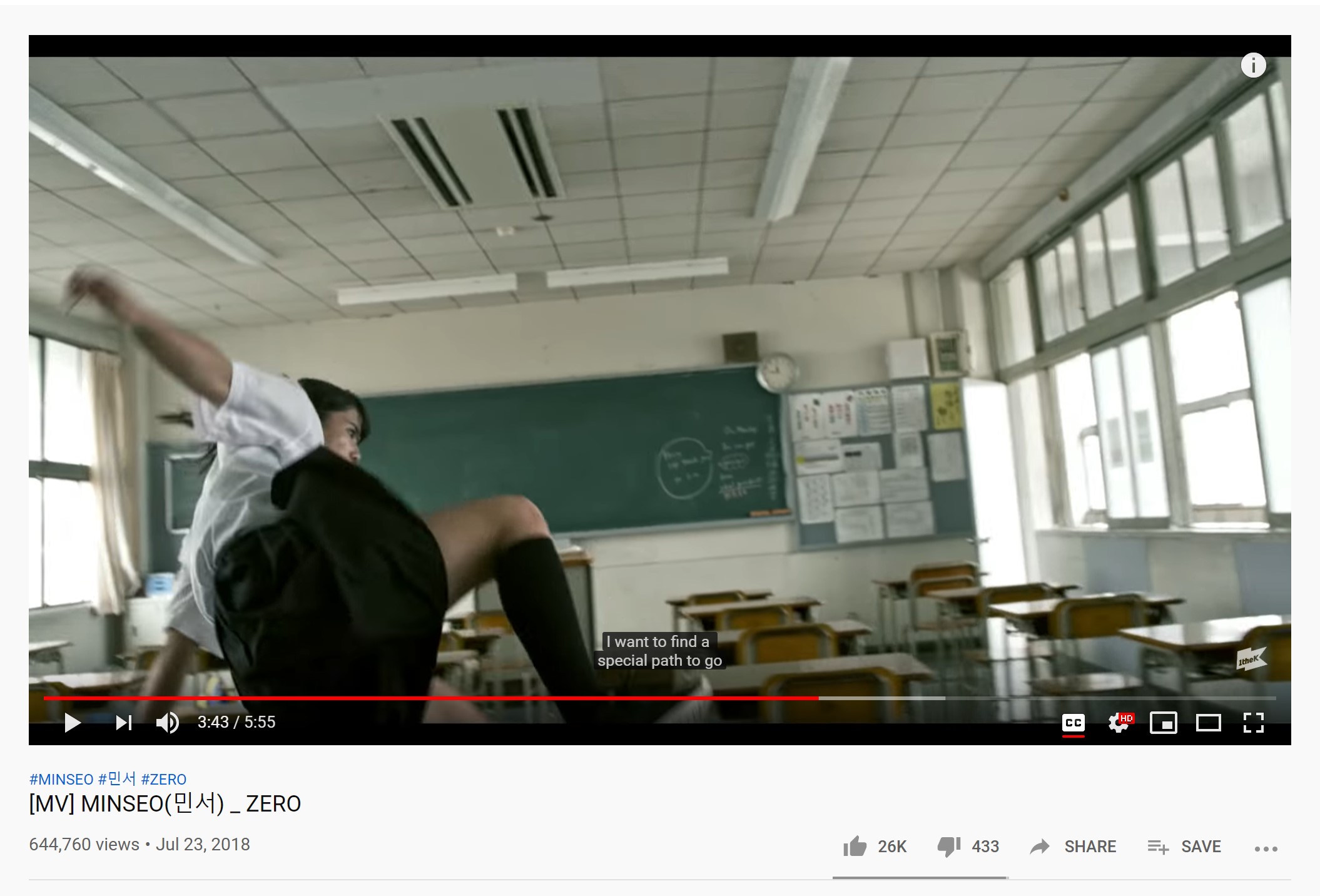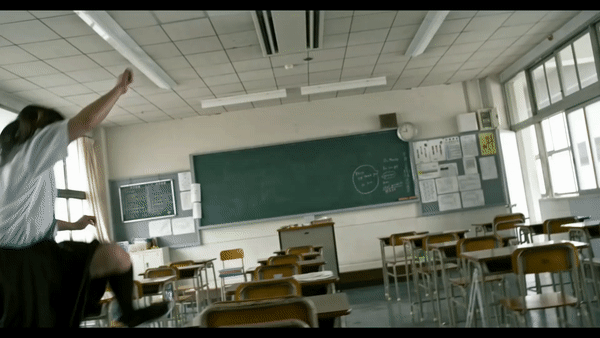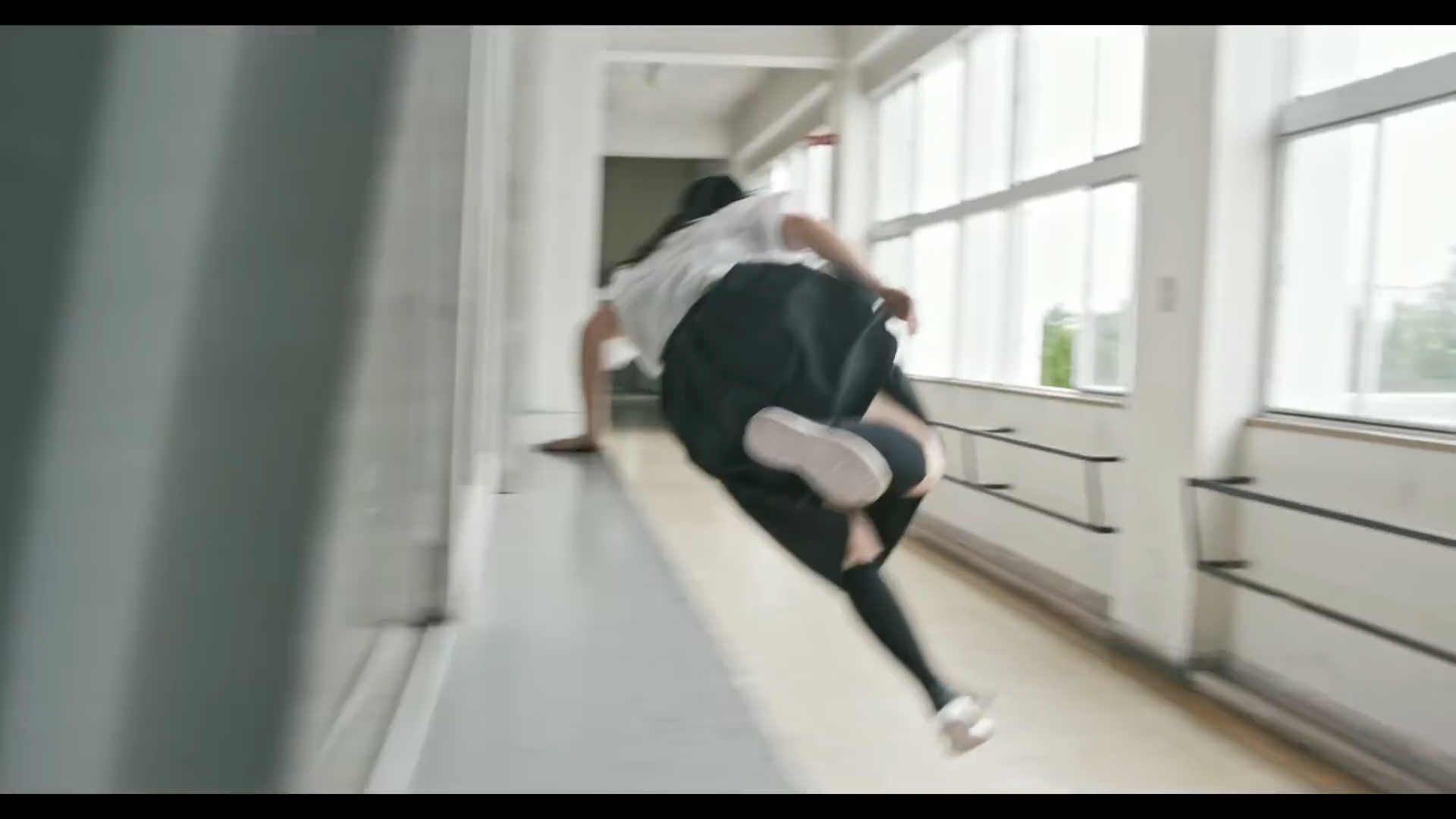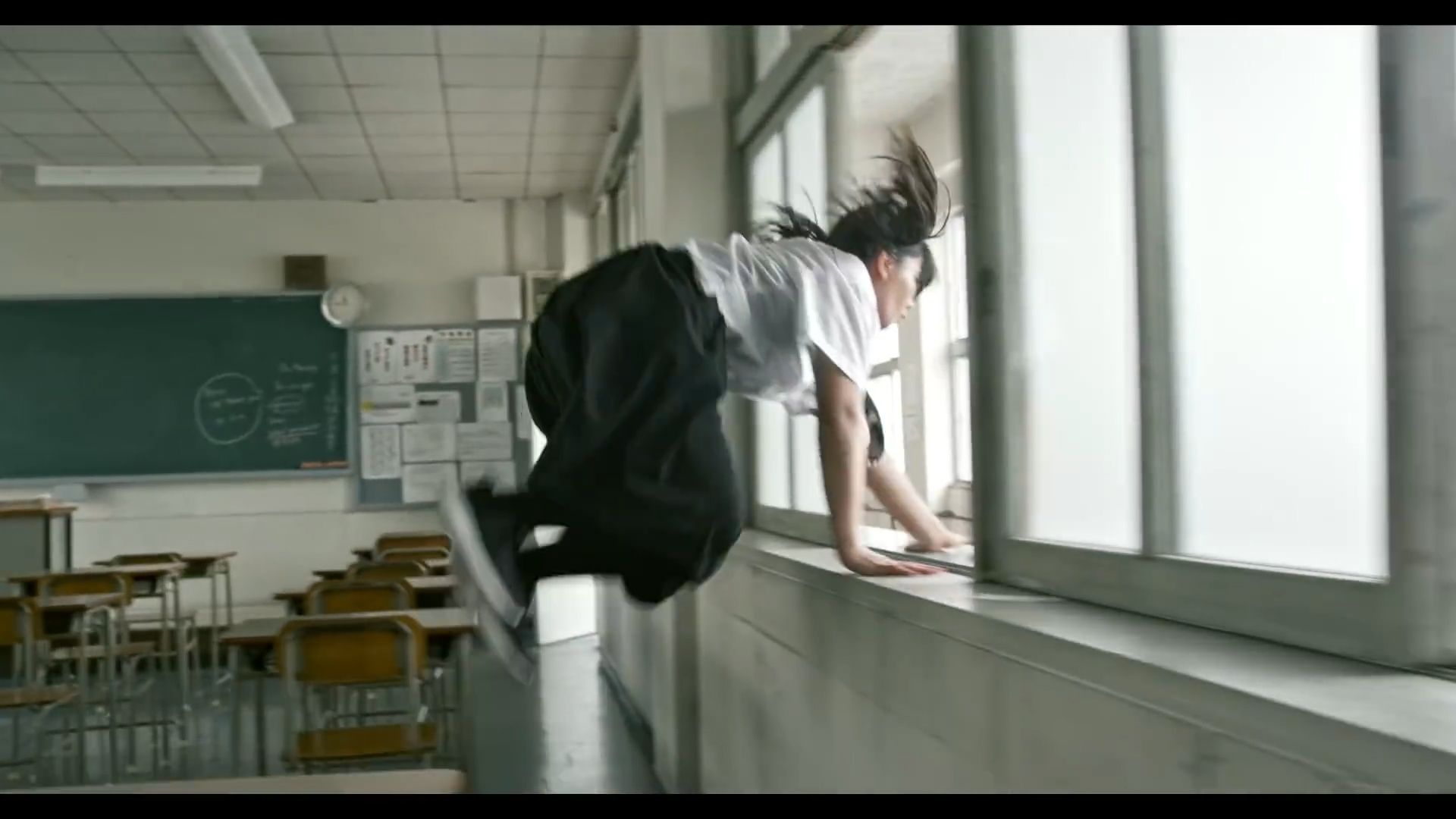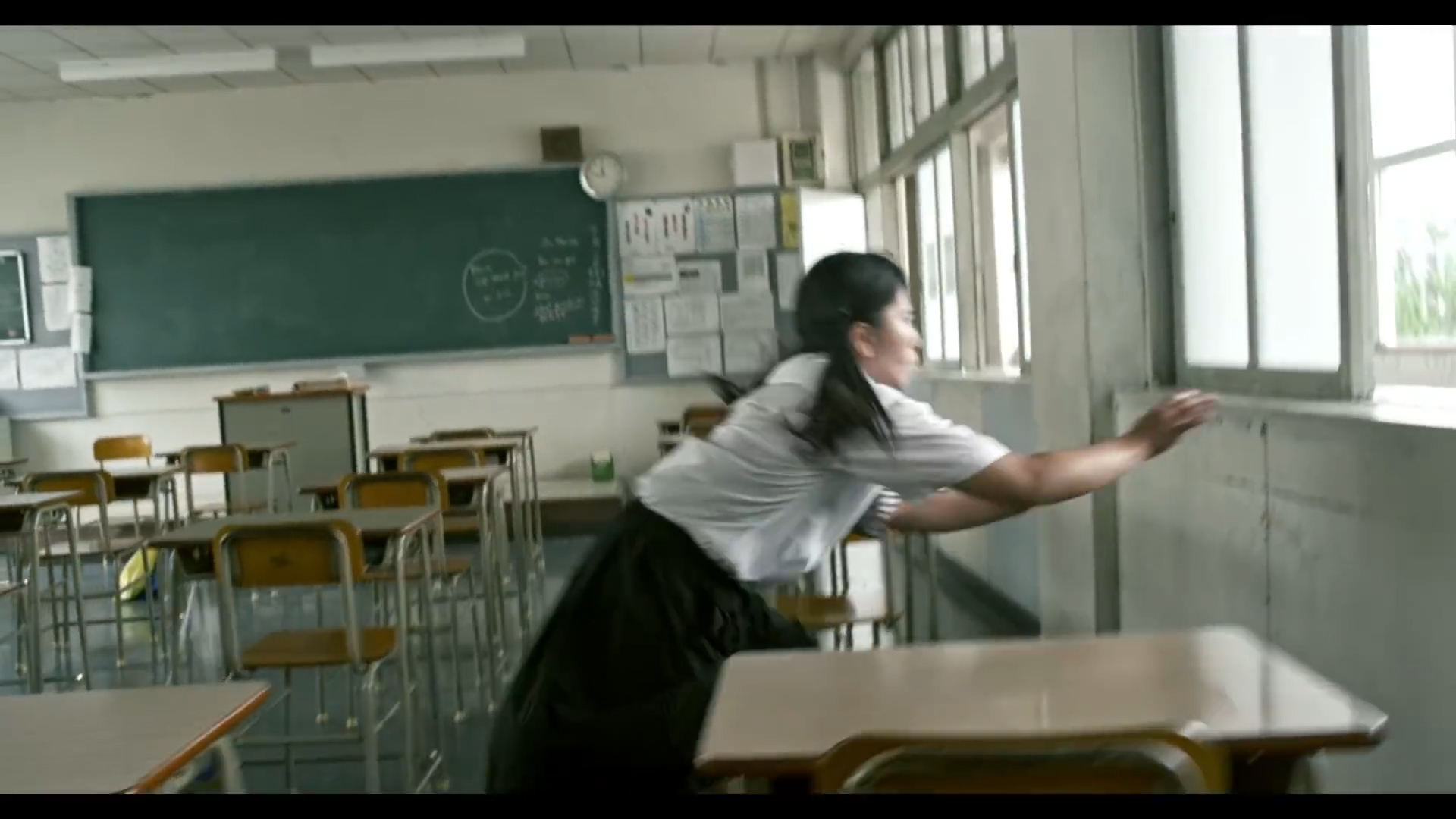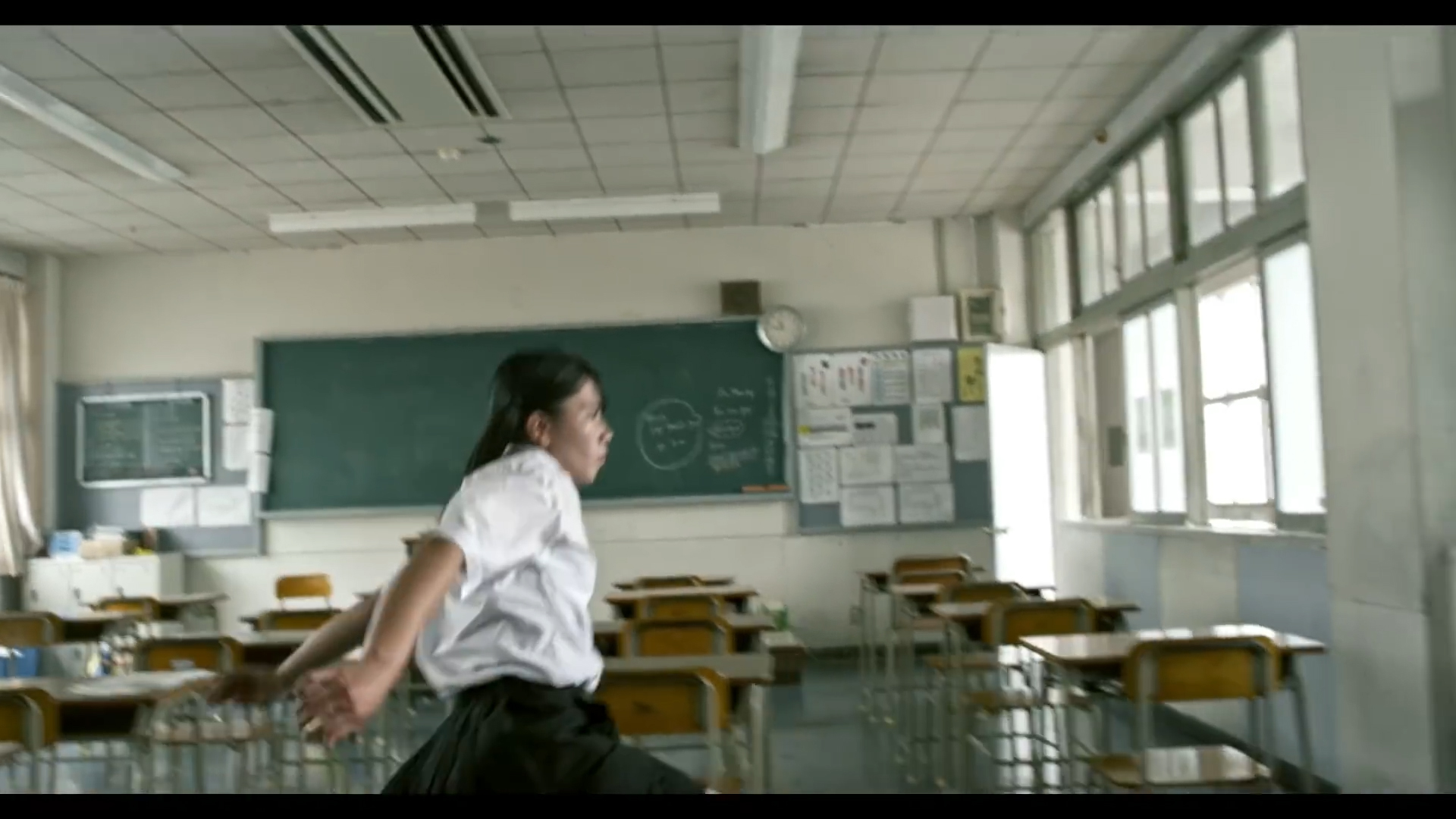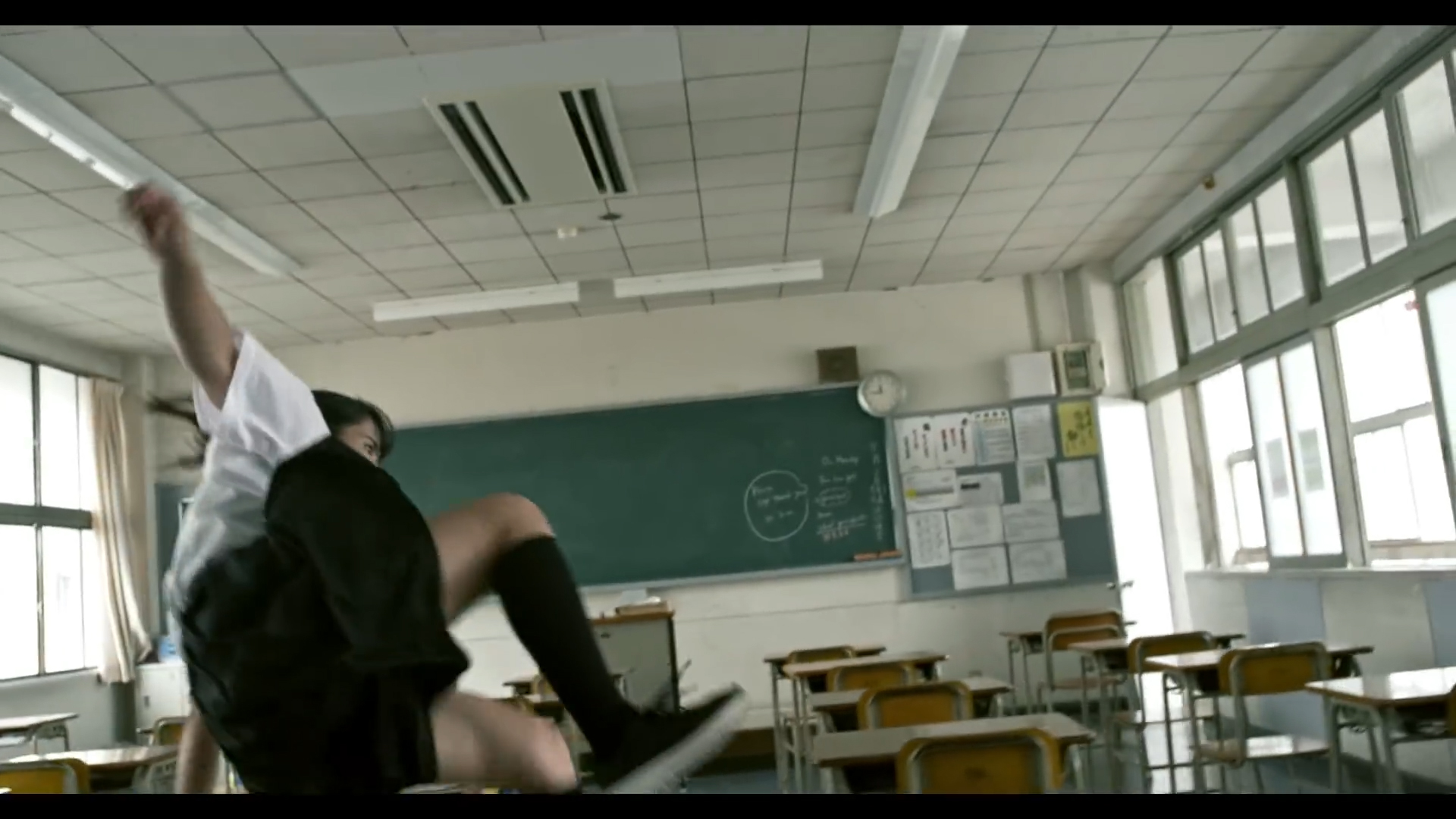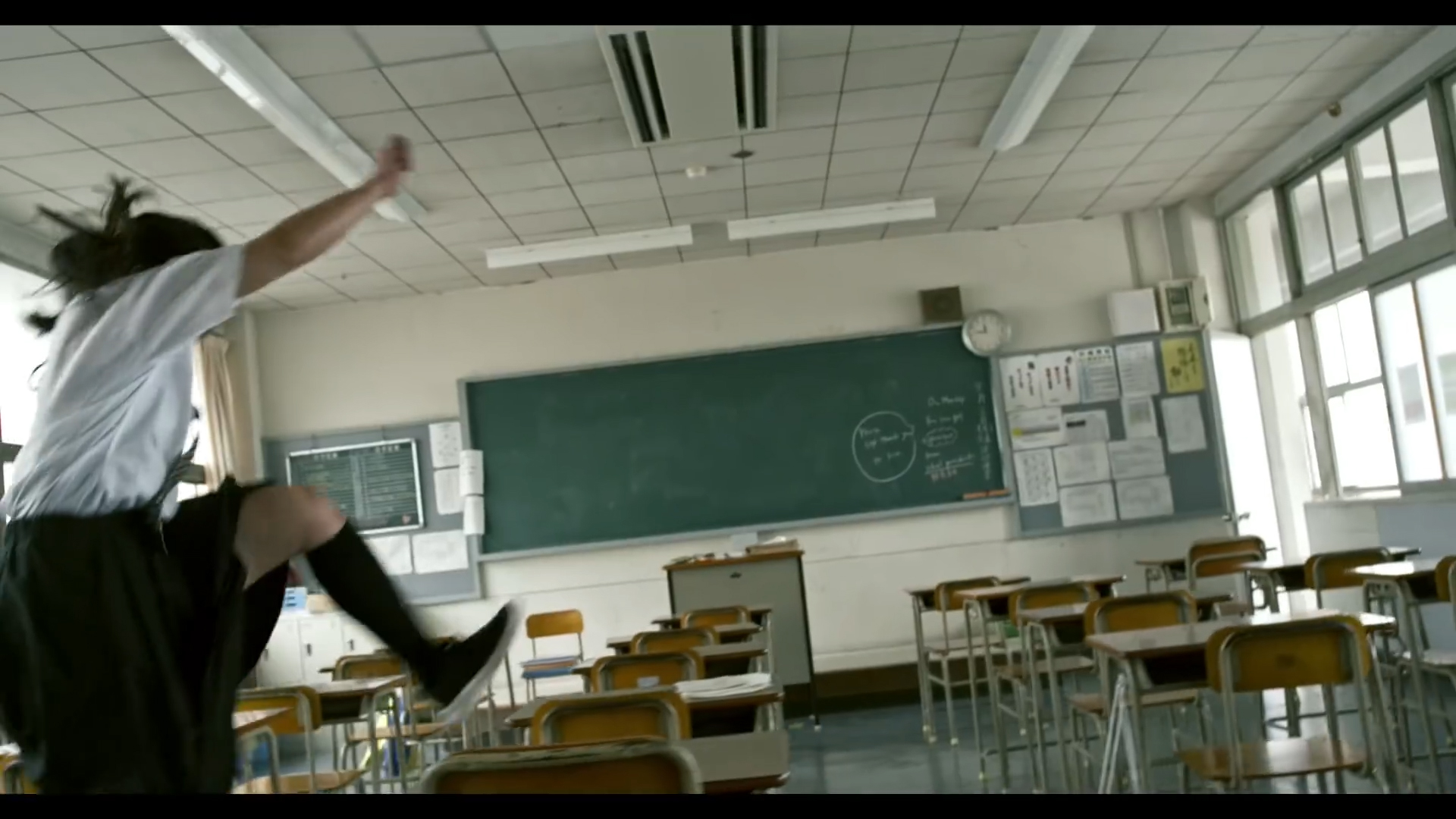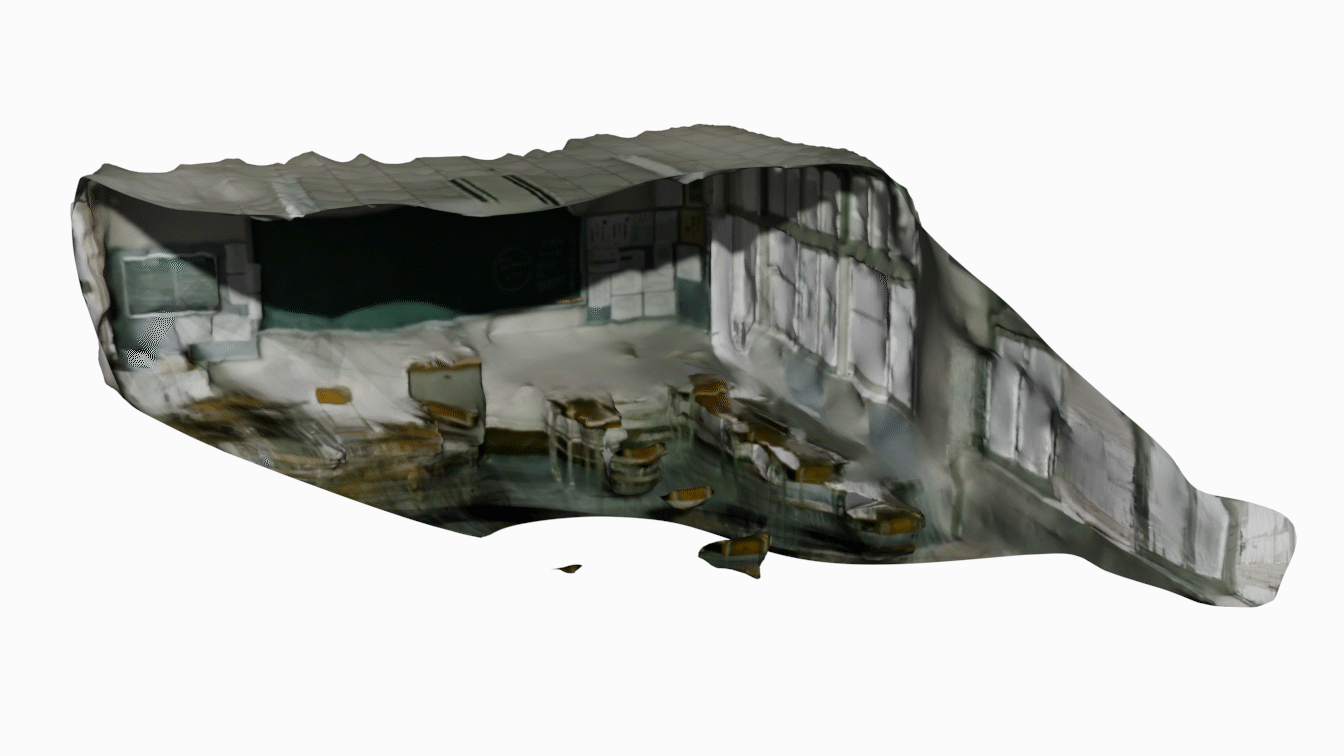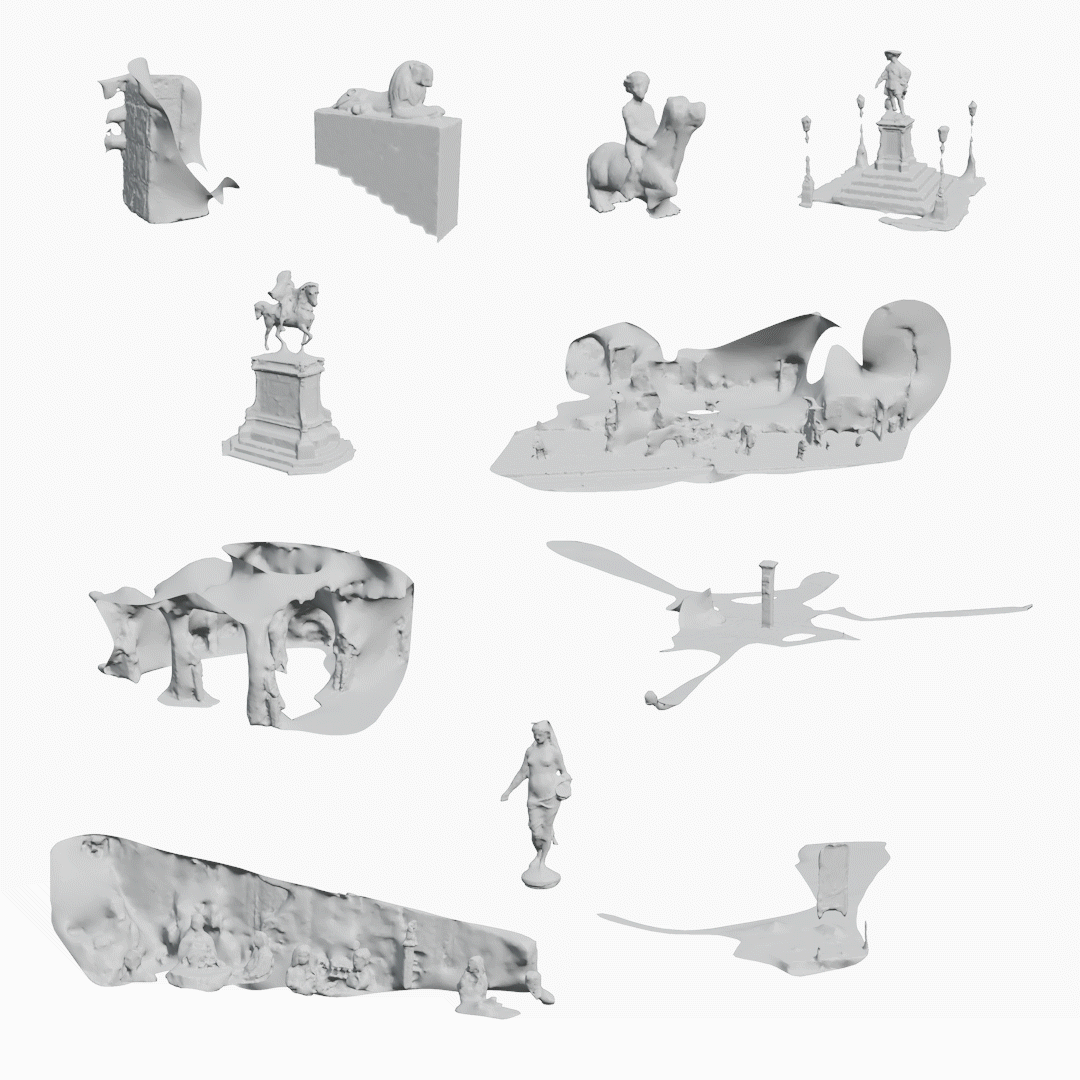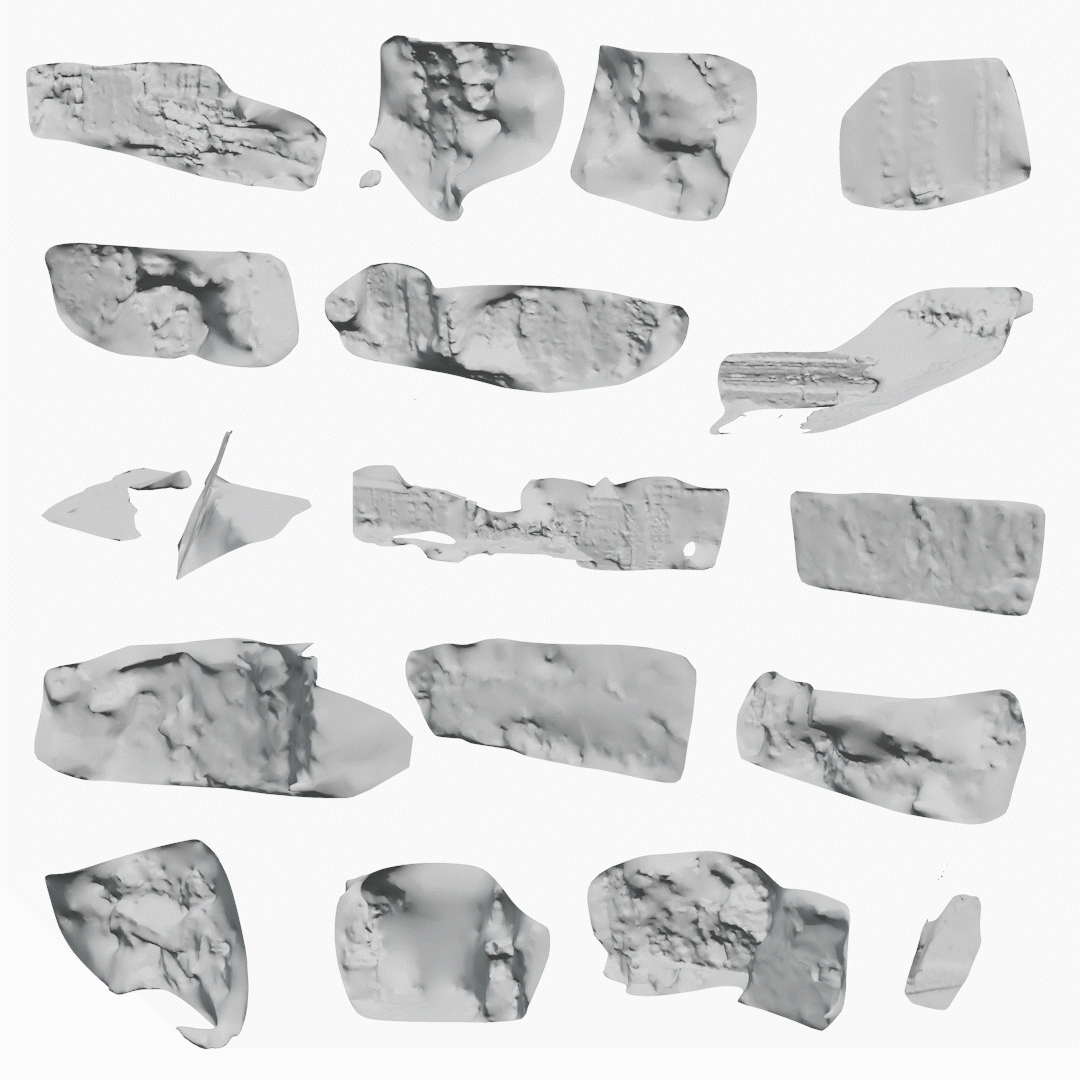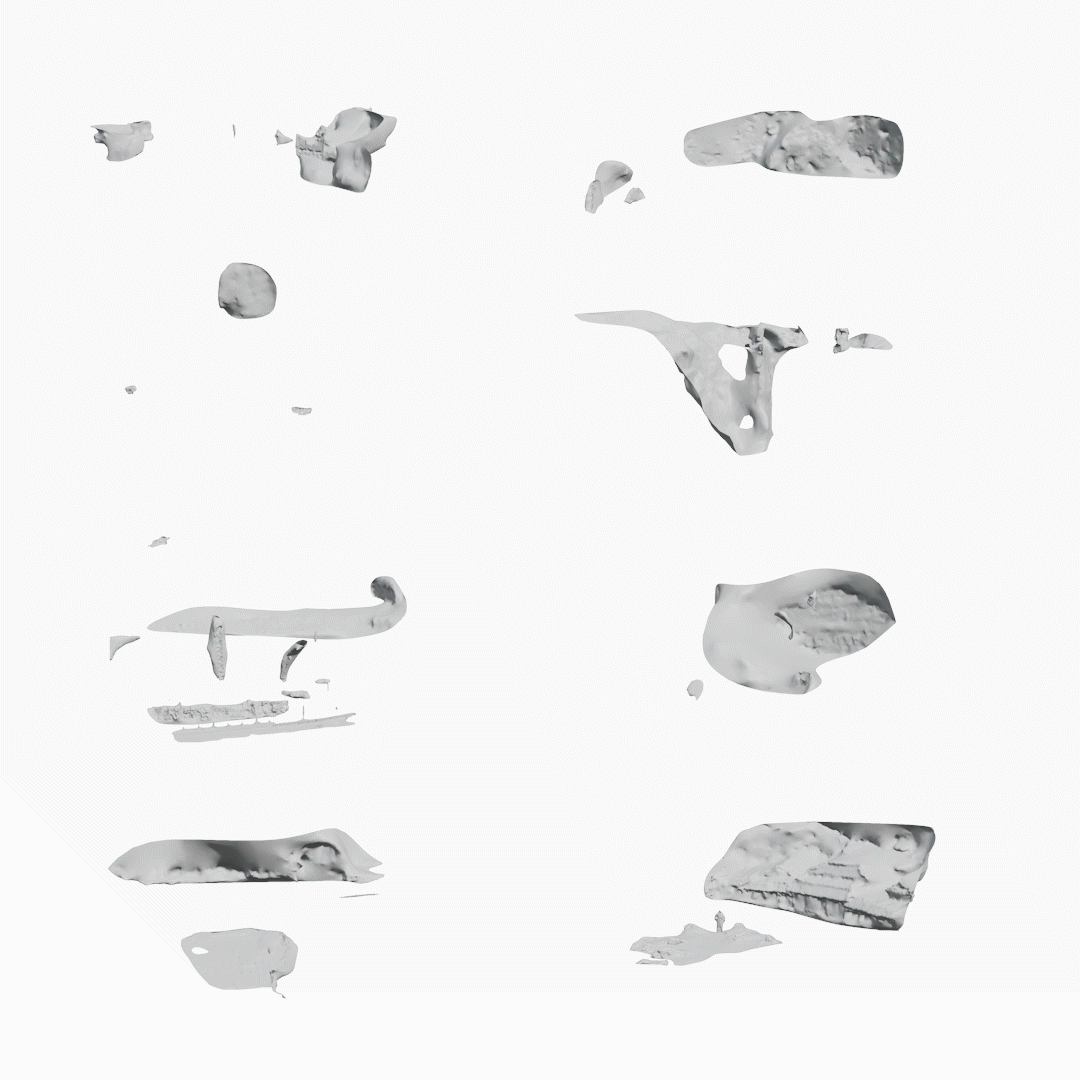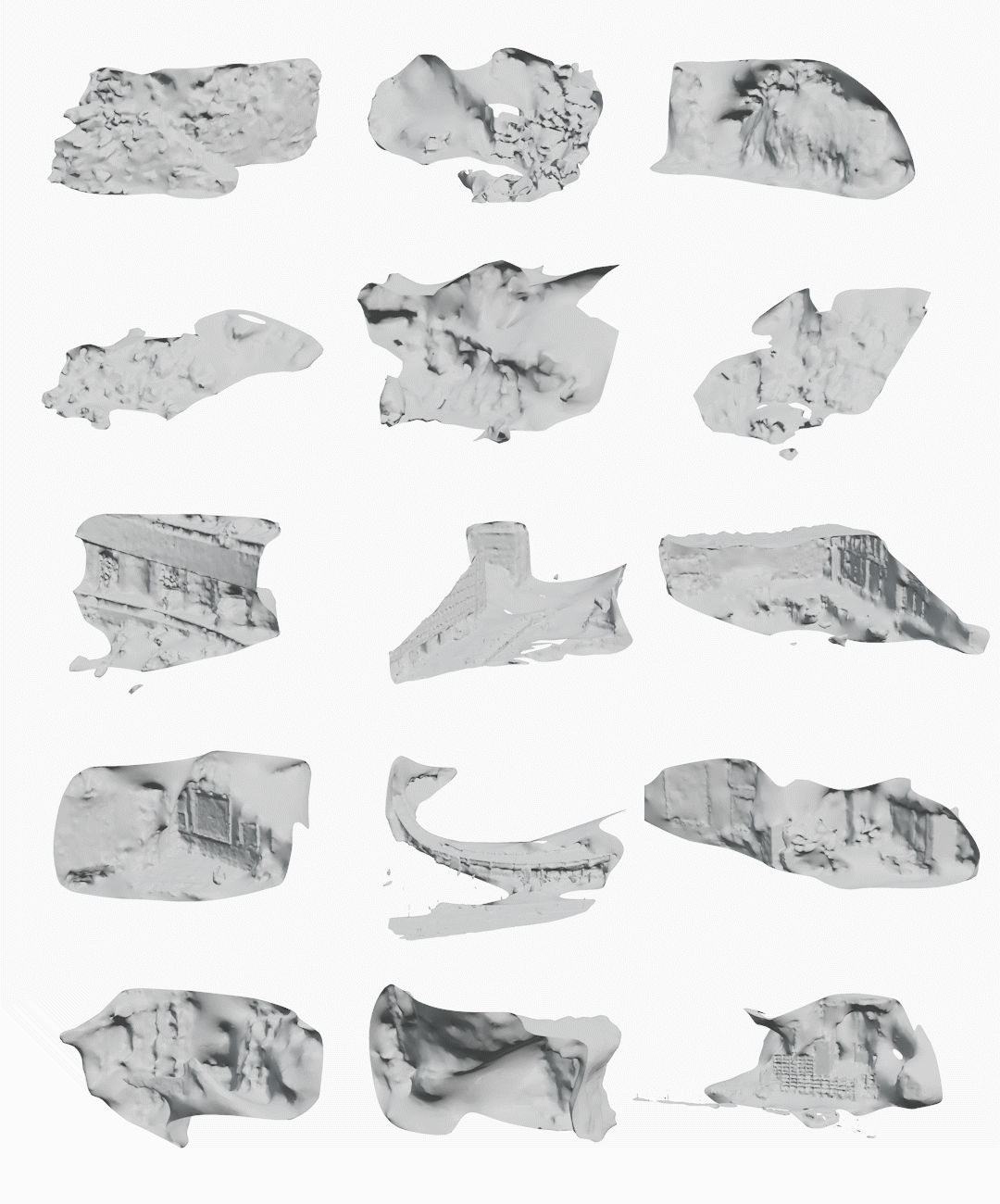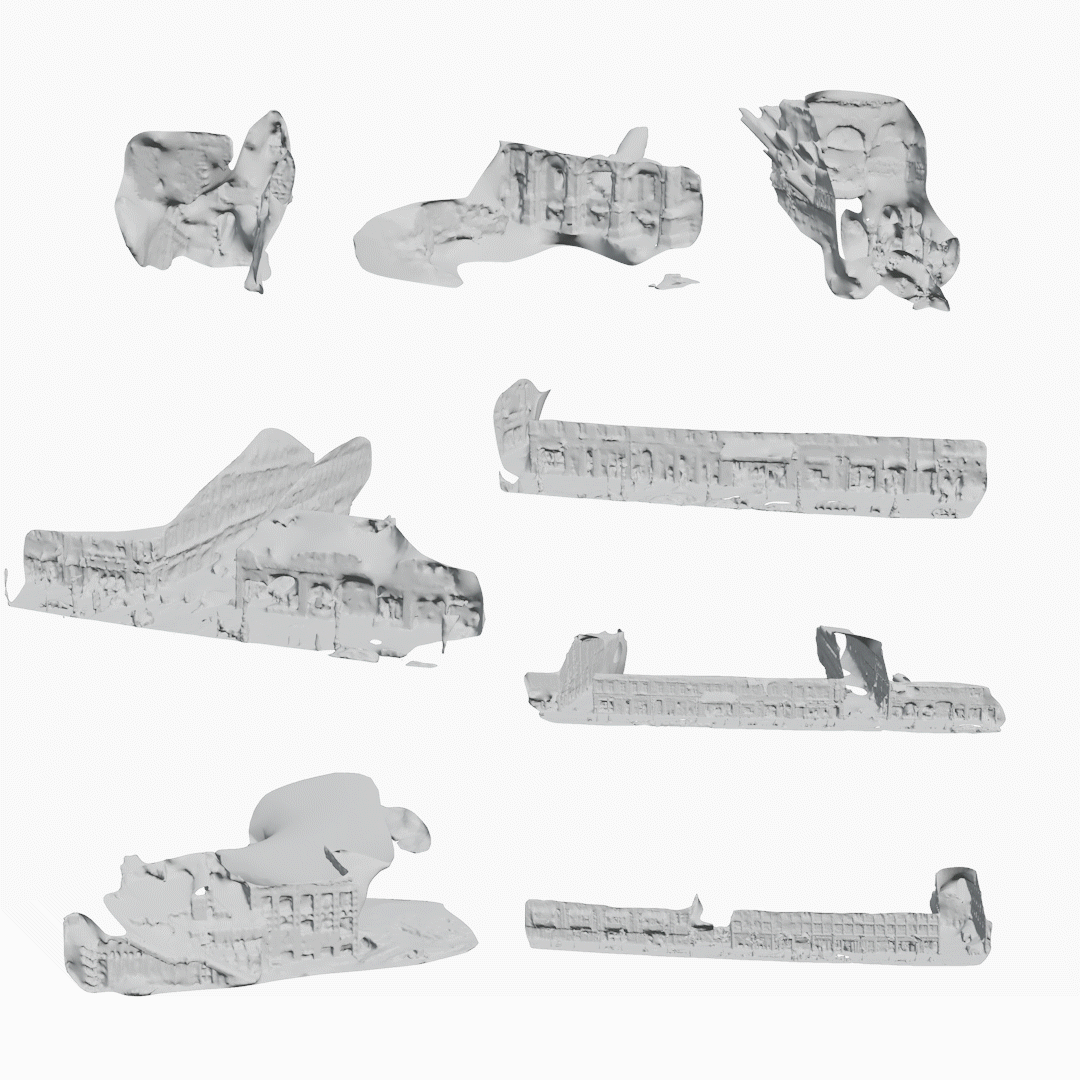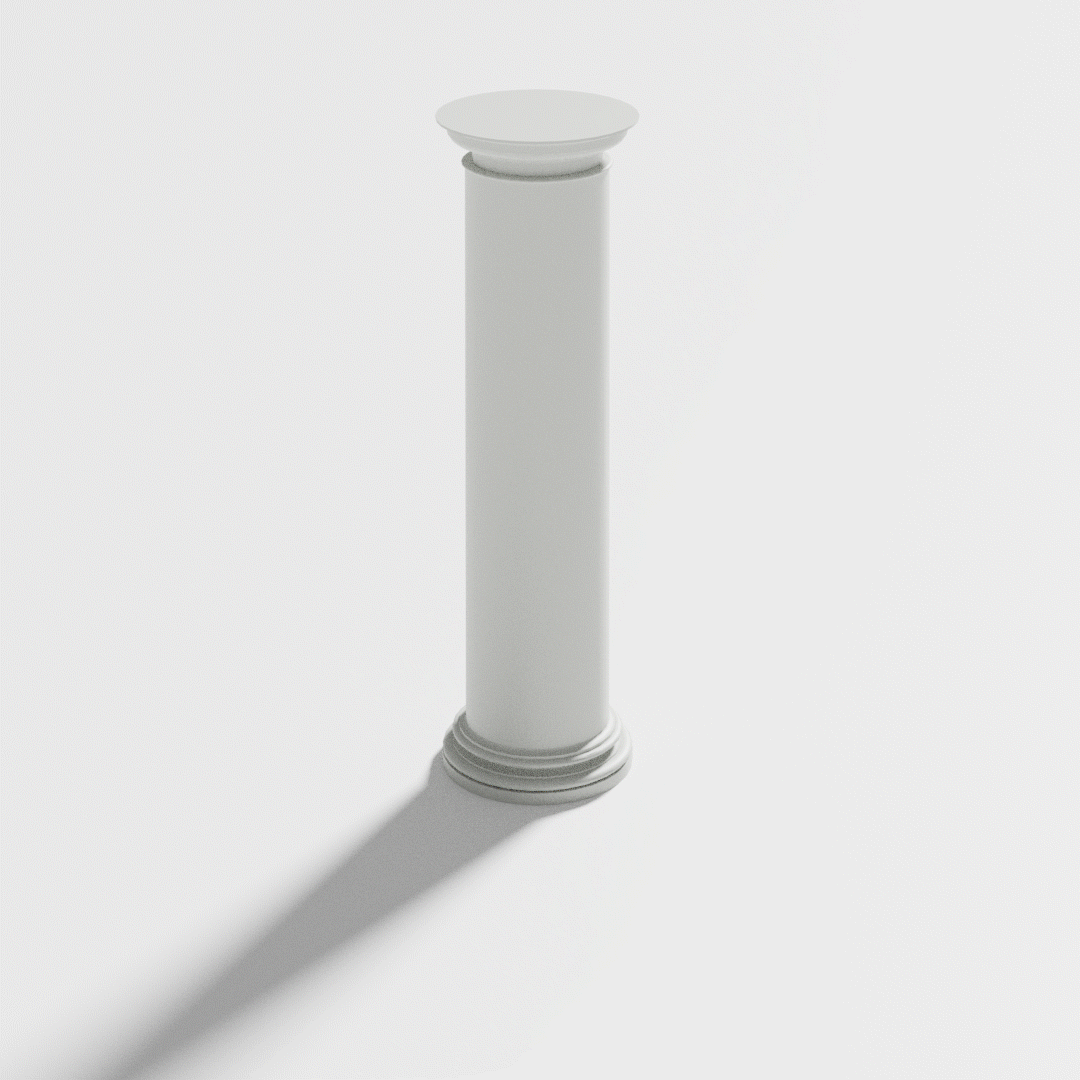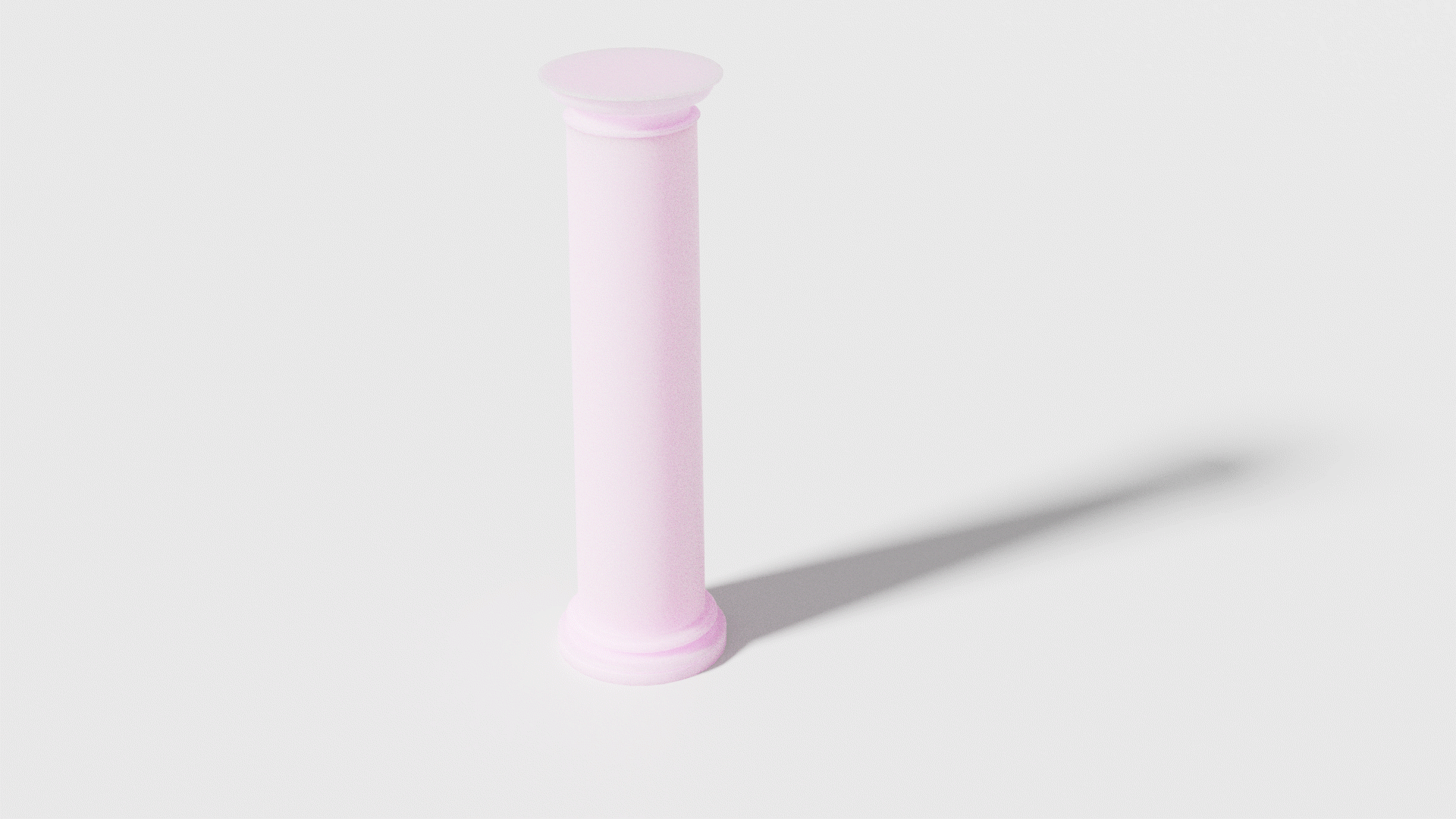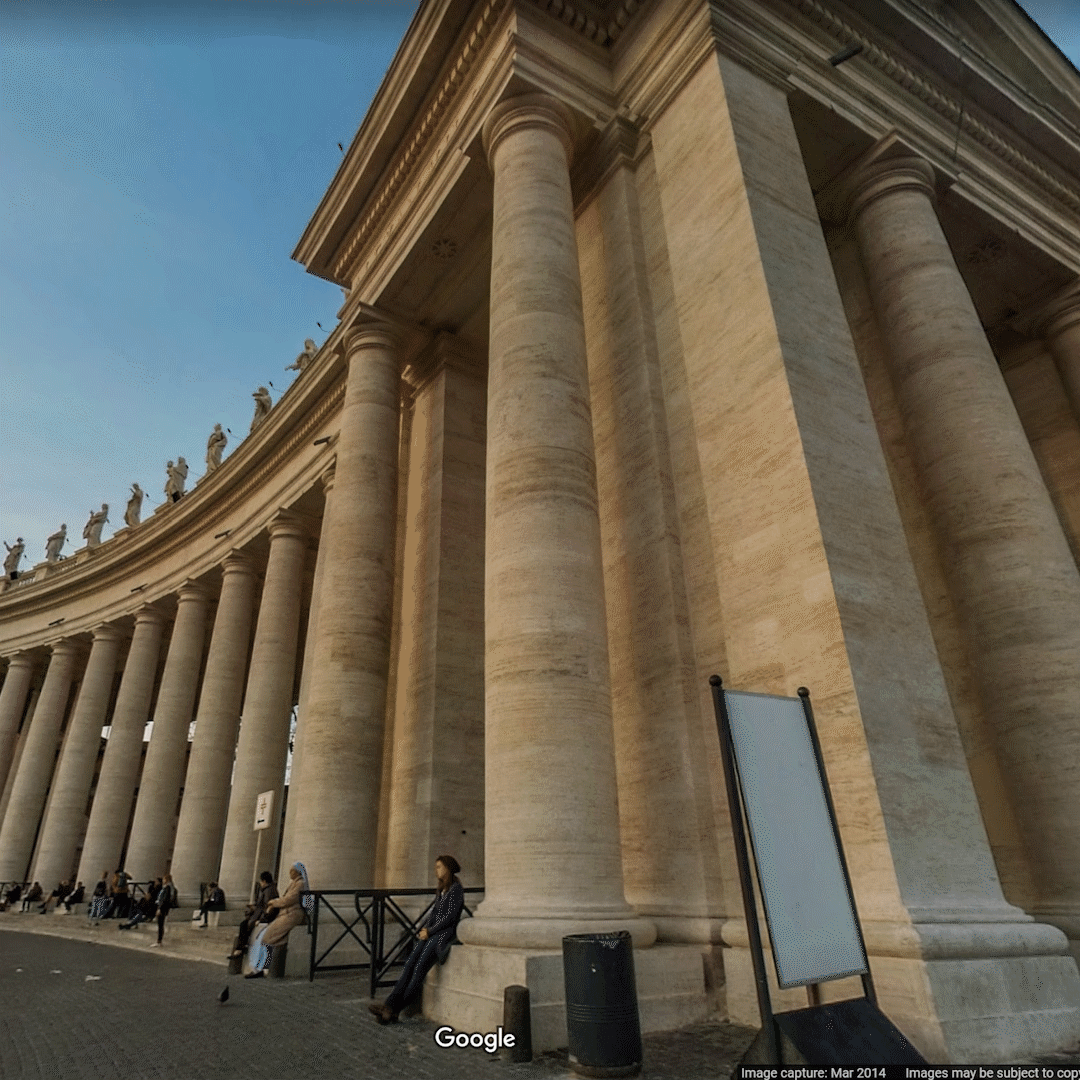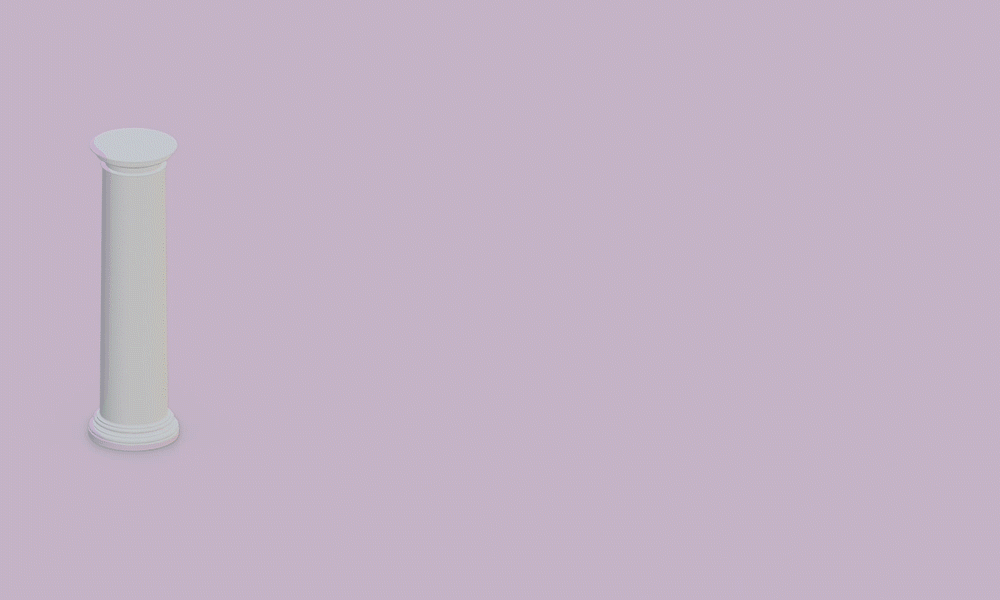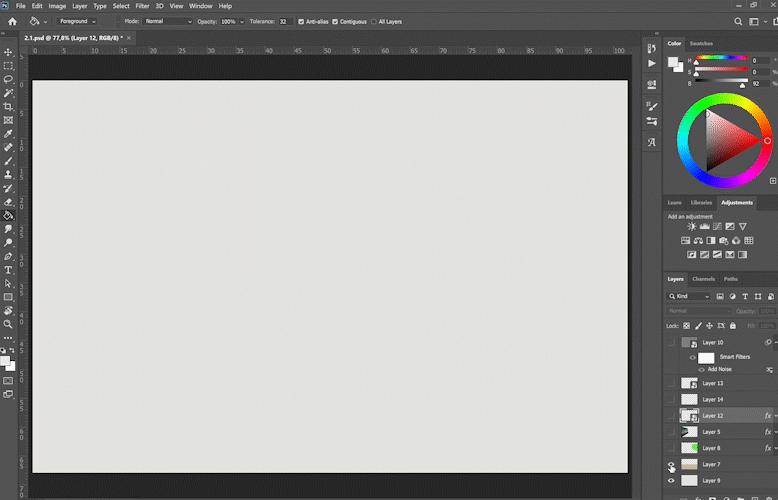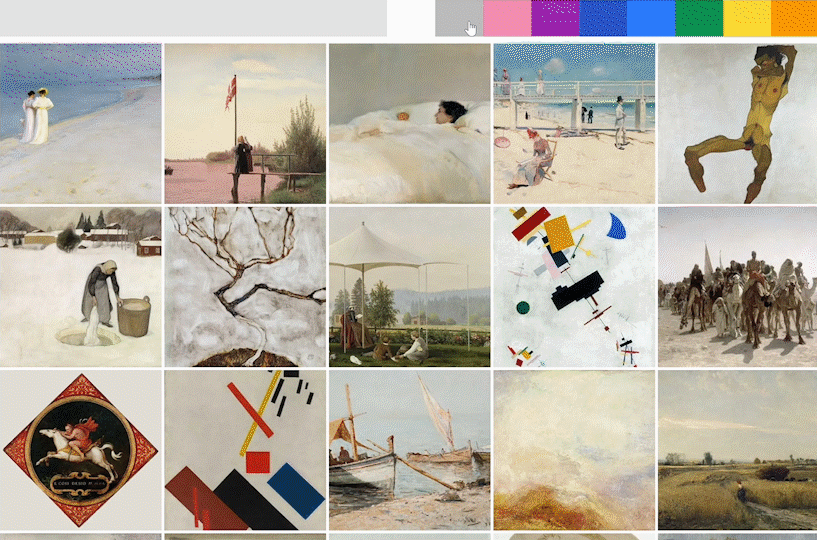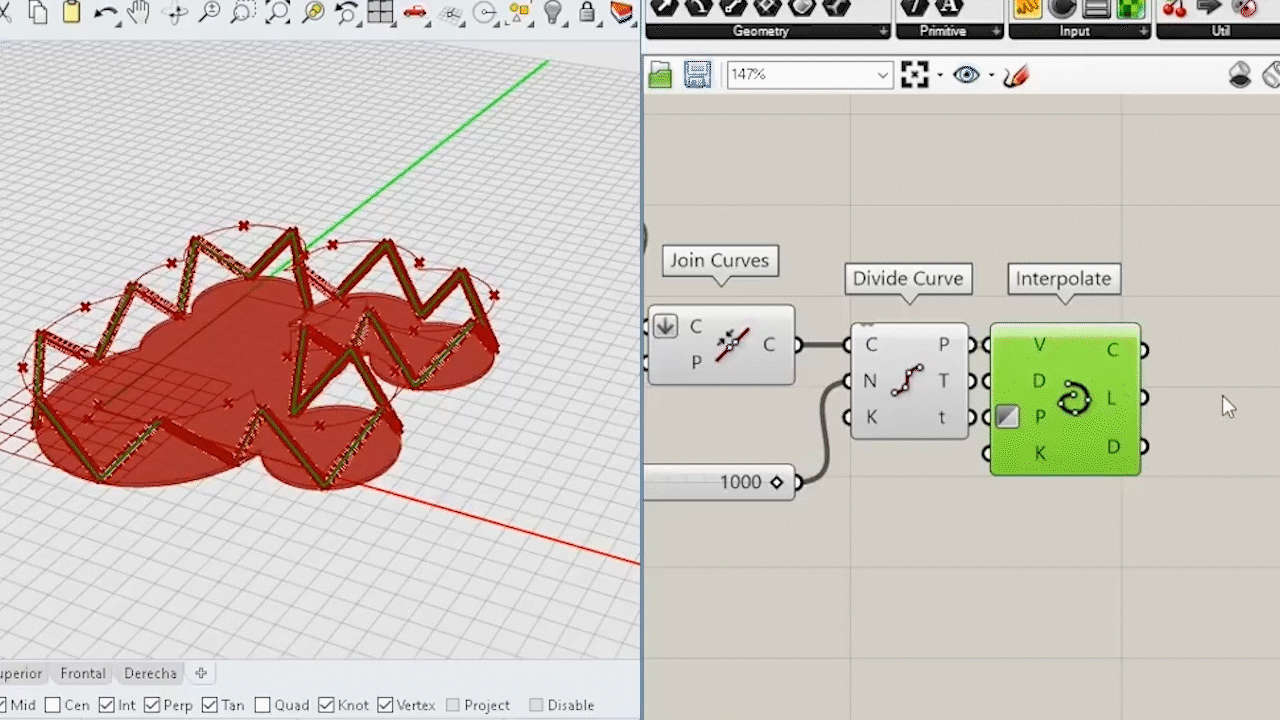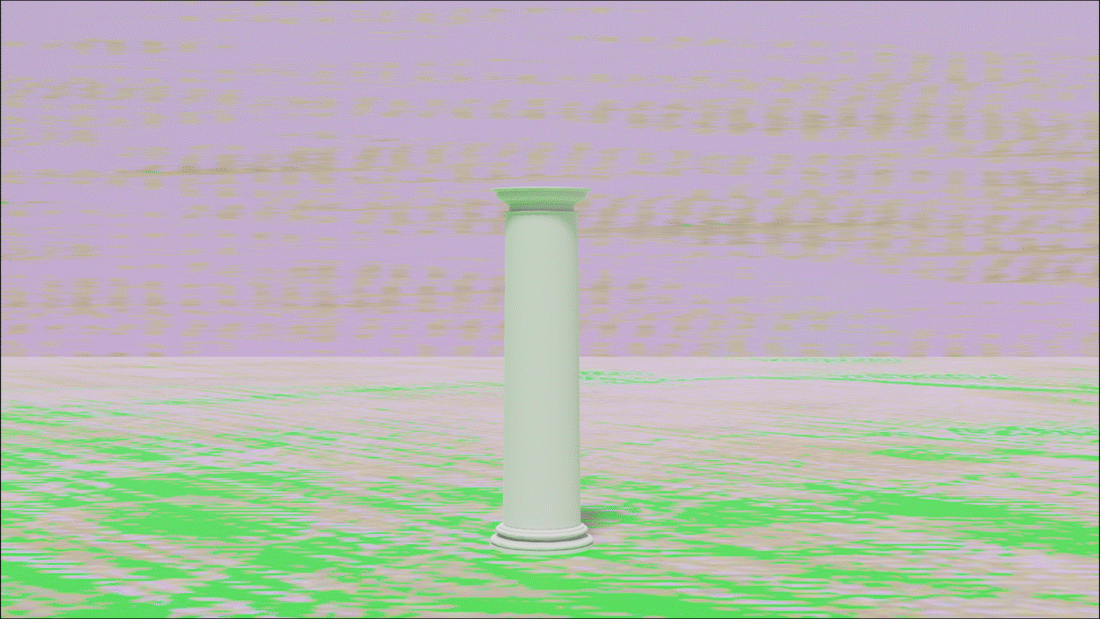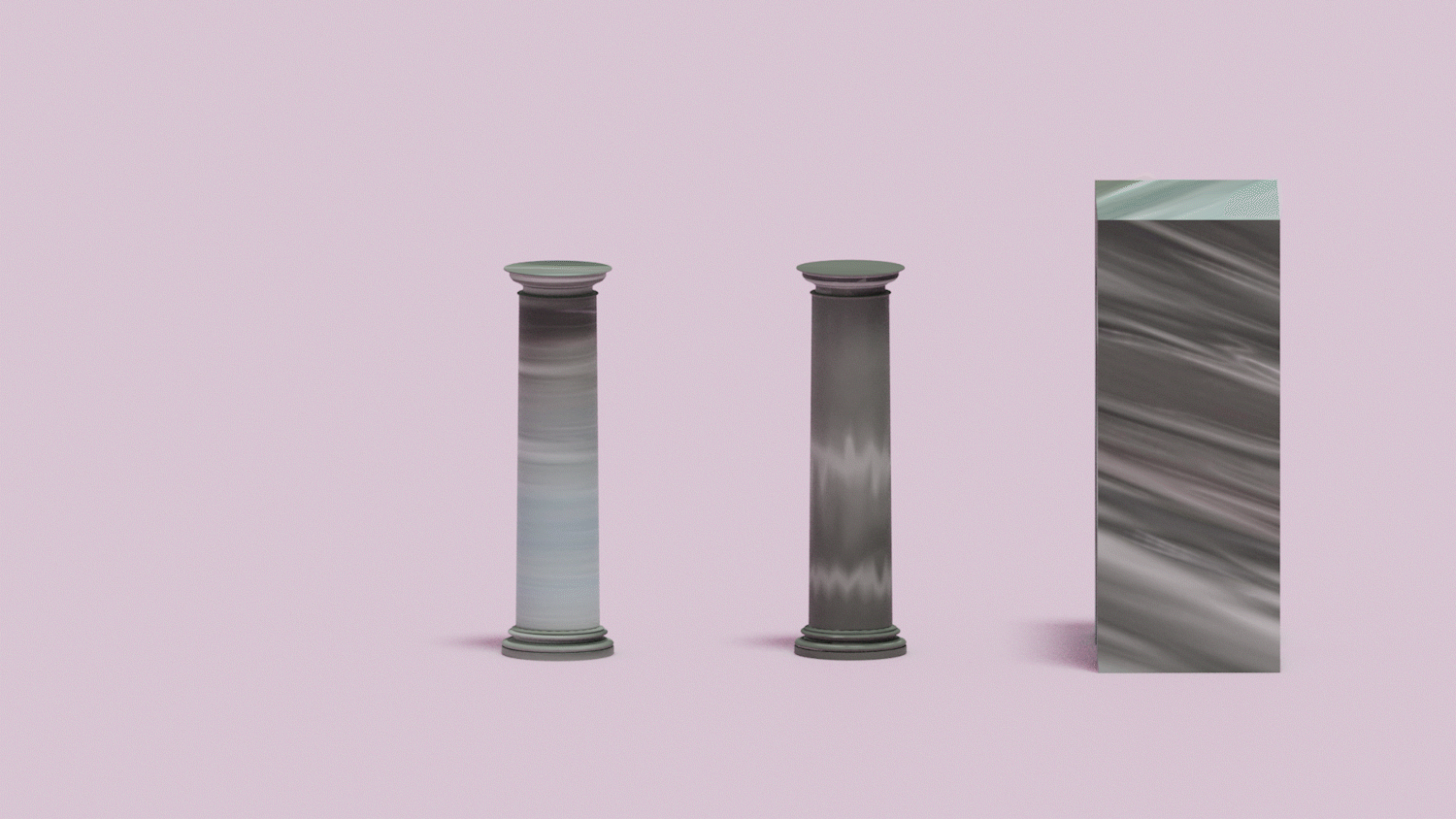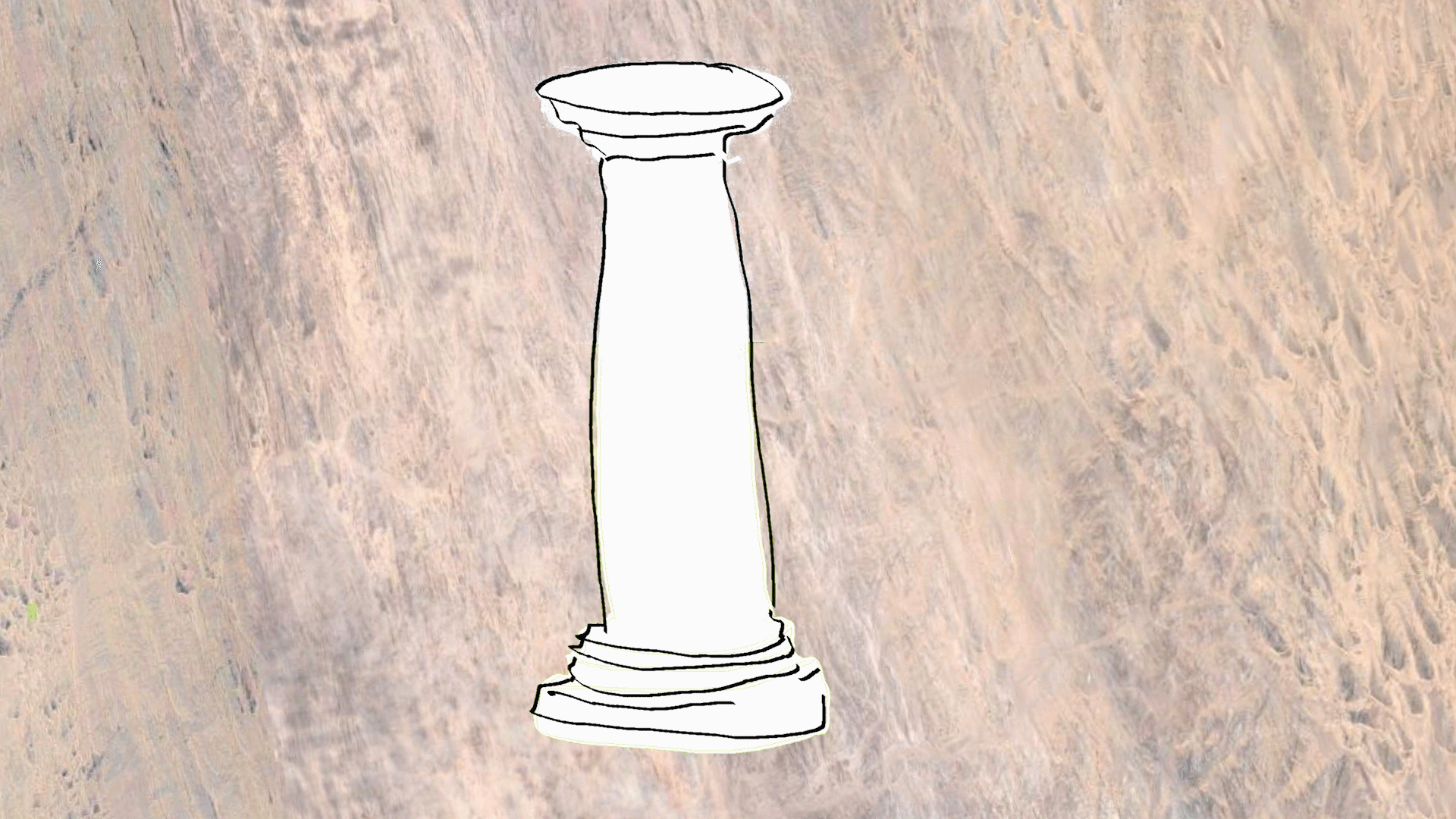⇨
⇦
DIGITAL BORDERLANDS
Examiner: Jonas Lundberg
Supervisor: Kengo Skorick
MPARC
Considering the ever-current discourse about the digital medium in the architectural field and beyond, there is still an apparent need to orient ourselves in an age of digital technology. How do we relate to the digital condition that remediates our experiences, reframes interactions, and looms over us like a conceptual cloud? When digital technology and following culture emerged, it was quickly adopted by both large industries and individuals in their everyday lives. This caused distinctive characteristics and apparent boundaries between what is digital and what is not to fade, as it quickly settled into our own realm. The thesis considers the material foundation and formation of the digital environment in a relatively fundamental manner with the aim to uncover greater insights and suggest ways of approaching an alternative digital practice.
The focus of the thesis lies on algorithm-based software tools. The approach to design investigations and the use of these tools are described as creative misuse. Misuse subverts notions of intentionality built into both code and interface along with raising questions of precision in the execution of said algorithms. The method was developed to engage with
digital practices and their emerging expressions while revealing alternative potential in common tools used by many practicing architects. To address and evaluate this method a theoretical foundation was developed and implemented. A design output was then produced to apply the knowledge gained from repeated iterations of the method and subsequent theoretical reflections.
Conclusions reached by the thesis demonstrate that there are many alternative ways of approaching an algorithmic practice. The investigation indicates that agency in human to non-human interactions can be gained by disrupting the perceived relationship between the aforementioned actors. Situating the architectural practice in a digital space connects it to many other cultures and expressions that share the same material conditions and ways of navigating the digital. Native ways of executing actions such as downloading, editing, and copying are shared within a number of disciplines, thus enabling the practice of architecture to connect with a larger digital culture of remix and in turn, expanding the role of the architect in the process.
What are medium specific conditions and expressions of digital media and how can they inform a digital design practice?
What is the role of the designer in such an environment? Can that role produce rich results even with a lack of technical proficiency?
How do digital artefacts fit into the architectural framework, specifically as inspiration, reference, and input?
Are there discrepancies between the notion of what a tool can do and its actual potential?
“The big news in neuroscience is that the computer – which is so powerful that it can slaughter master chess players, so precise it can assist in performing a surgical operation, and so mathematically and statistically talented that it can compute the human genome – is nothing like the brain. In order for a computer to function, it must eliminate “noise.” A brain lives on noise. Computers use linear and localization sequences whereas the brain’s neural circuits are not only loops, but loops within loops. “Reentry” of information in a neural network is a return of communication back on itself in such a way as to compose a world. The brain has a mind of its own and it maps its own activities by bootstrapping between memory and perception. The central nervous system, upon which the computer was originally modeled, depends on a far greater number of interactions than any computer can compute. For this reason the computer can be fooled, fairly easily, by a joke or a double-entendre.“
(Ingraham, 2012)
THESIS STRUCTURE
The exploration of a theme has taken precedence over an investigation of site or other common areas usually explored in early design investigations of an architectural project. This has shifted the focus towards the exploration and development of the method as well as the material expressions of that method. Instead of a design proposal in the traditional sense, the produced output is
presented as a speculative imaginary that is used to illustrate digital expressions and stimulate a discussion about the digital condition and its role in an architectural practice. A related outcome of this focus has been to develop and outline a relevant theoretical framework that structures and relate the overall themes, enabling more in-depth explorations of certain topics.
METHOD
The approach to design investigations can be described in the term creative misuse. It is a term connected with practices of interruption of digital executions and interfaces. Through experiments, an appropriate amount of disruption in the algorithmic process was sought to, on one hand expand the “margin of error” and create a productive space there, as well as subverting the very idea of the tool in a way that a straight out hack of the code could not do.
PHOTOGRAMMETRY
In the design exploration, a variety of input was tested to expand on and question the preconceived notions of the software.
It started with “failed” attempts at proper photogrammetry but quickly evolved to
↓
photos and video captured from a moving tram,
↓
to finding similar footage on youtube,
↓
to then further going into youtube with music videos,
↓
and then also using scenes from feature films.


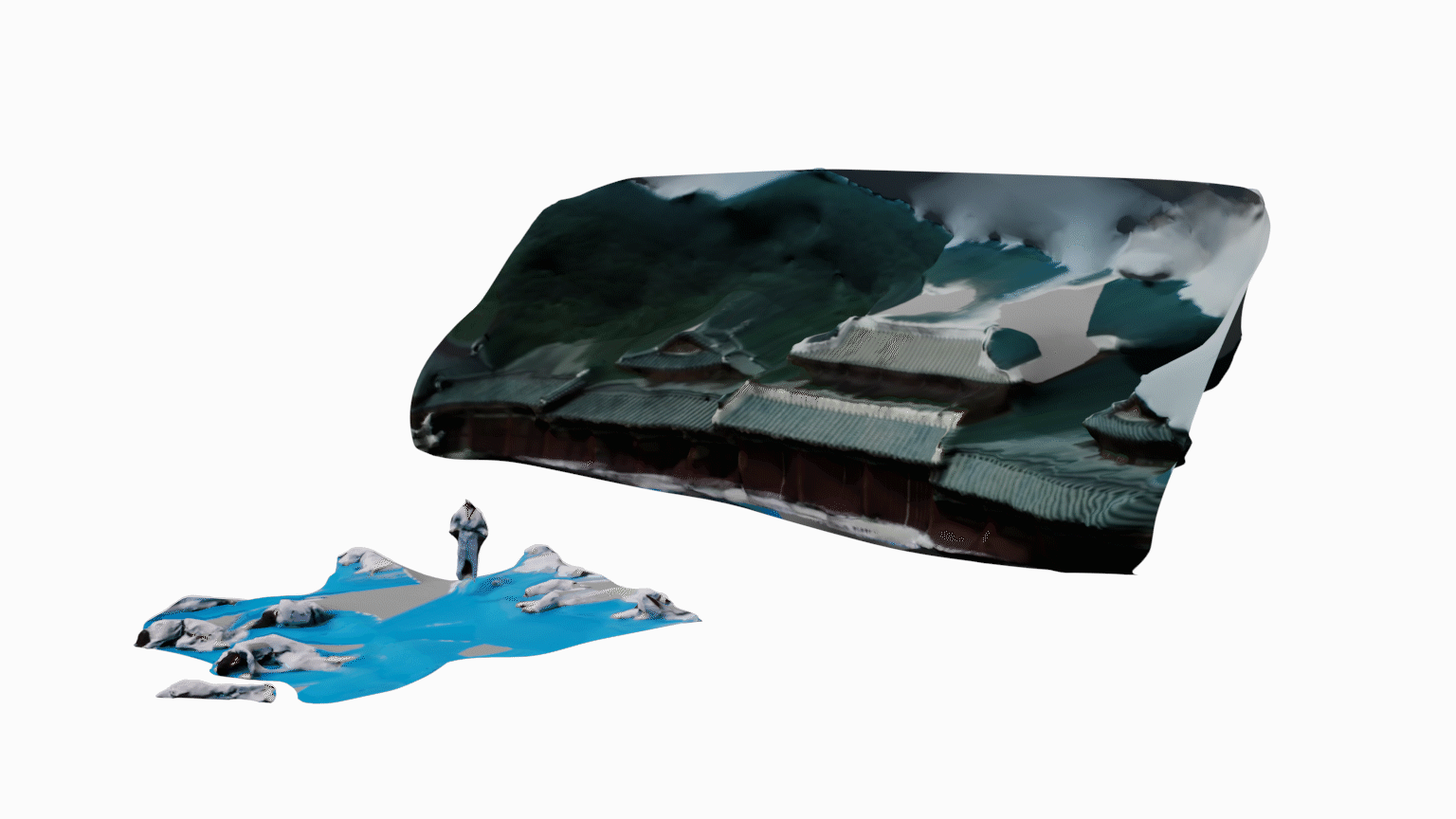

MORPHOLOGY
Throughout the project, many models were produced in ReCap Photo. Enough to provide a base for classification. These are not classified according to what is framed in the video, but from form, which is a result of camera technique.
DESIGN OUTPUT
TEMPLE OF DEMATERIALIZATION:
AN ARCHITECTURAL COLLAGE
This design output was produced a means to explore and communicate the theoretical topics that the thesis revolves around. It was also a way to engage theory with form by incorporating elements that was produced during the experimentation phase. The goal in the beginning was not to produce any formal output, but the further the thesis progressed, an apparent need to find a vehicle that could communicate a more cohesive project arose. The Temple of Dematerialization was conceived as a concept that could address these various needs. The temple is divided into five scenes that each correspond to one of the morphological categories previously presented.
The five scenarios enable five unique approaches to utilizing the ReCaps as well as many opportunities to explore digital transformations of different kinds. Each scene is given a general theme based on the ReCap category that guides the design decisions within that scene and the type of Revit components used. The idea of a temple might conjure up images of a unified plan drawing. Despite this, the scenes are distinctly separated into entities. The scenes are instead presented as a collection. Rather than a sequence of physically connected spaces, they act as a cinematic sequence of sets. This takes advantage of the composite’s spatial ability to create a continuity from stitching together elements and dissolving boundaries. “The designer of a virtual world is thus a cinematographer as well as an architect” (Manovich, 2001).
SCENE 1
THE COURTYARD
The Recap surfaces in this scene are the Bodies, inspiring the overall theme of freestanding objects. Freestanding object has been interpreted as an architectural object that is more or less freestanding in its form even though it might be interconnected through other systems.
For narration of the scenes, see the Booklet or press button above.
SCENE 2
THE CROSSING
The theme of this scene is the partition. The partition shields and guides movement. The ReCap surfaces are the Screens and they find their counterpart in Revit as walls.
SCENE 3
THE GARDEN
What is first perceived as a large forest-like cluster is upon closer inspection a collection of objects suspended by a multibranching structure. The ReCap objects here are the Disjoints, models that were split into several parts presenting the theme connections. The disjoints are not level as most of the other groups, creating a variation in height. Stairs and slabs are used as Revits to provide scale and orientation.
SCENE 4
THE WAY
The category presented in this scene is the Drapes. The theme based off the forms are continuous surfaces. Most of them have a slight incline or stepped slope leading to the treatment of the ReCaps in this scene. The models were exported as point clouds and assembled edge to edge creating a large mass. The point clouds were then meshed to create a collective surface.
SCENE 5
THE SANCTUARY
The Extensions are used in this scene. Inversion and extroversion is the theme. The various components were arranged into an overall composition and then rendered as a sequence of images. These images were then imported into ReCap Photo and sent into the cloud to produce another photogrammetry model. This procedure was then repeated for several rounds until the original model was no longer legible. Digitizing already digital content.
THEORY
3. AUTOMATION
